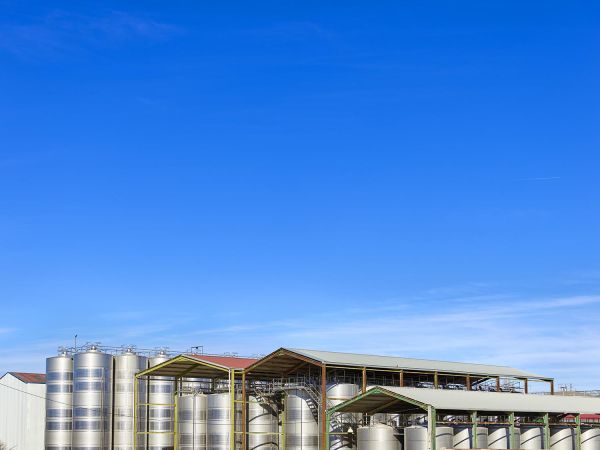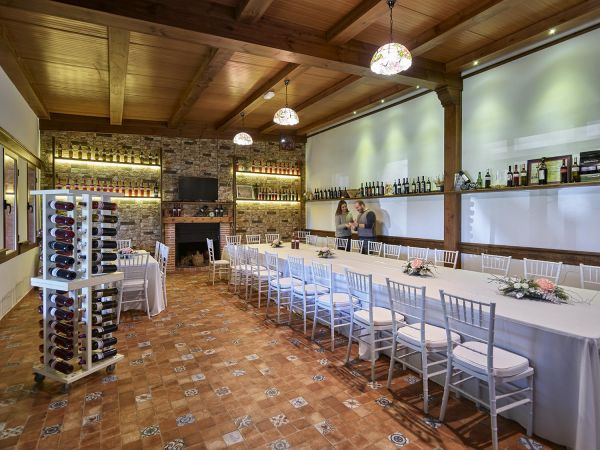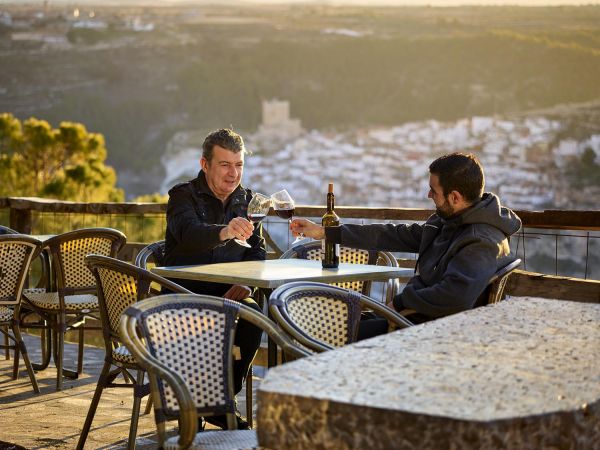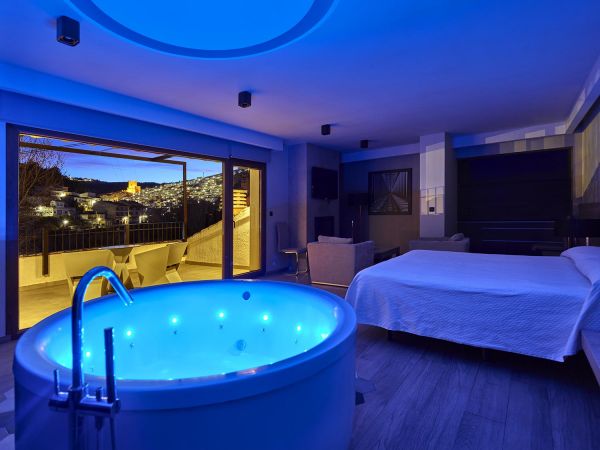La Manchuela Wine Route
Cuenca, Albacete
The vast La Mancha plains, flanked by the Júcar and Cabriel rivers, is home to a treasure of Spanish wine culture: La Manchuela. Located around 600-700 metres above sea level, it has a dry continental climate, influenced by the humid winds of the Mediterranean. The strong thermal contrast means the grape ripening process takes longer. If we factor in the wine growing tradition and the cutting-edge equipment at the wineries to preserve the grape quality, the results are some unique wines.
La Manchuela covers the south-east of Cuenca and north-east of Albacete. Two different provinces joined by a single passion: wine. The logo even reflects the two territories united in two halves of a heart traced with this delicious drink.
The Manchuela Wine Route takes in 23 towns. From north to south, starting in the province of Cuenca, we will stop in Alarcón, Villanueva de la Jara, Iniesta and El Herrumblar. Continuing south, getting deeper into the Albacete region, we discover Villamalea, Villatoya, Cenizate, Navas de Jorquera, Casas Ibáñez, Alborea, Fuentealbilla, Balsa de Ves, Casas de Ves, Mahora, Villa de Ves, Alcalá del Júcar, Motilleja, Jorquera, La Recueja, Valdeganga, Carcelén, Alatoz and Pozo Lorente.
Little towns with a strong medieval influence overall, with traces of the different cultures that passed through over the course of history, leaving vast heritage such as the Alcalá Castle, an old fort with the presence of different architectural styles, the Chapel of the Christ of Life, or the Iniesta archaeological museum which has the mosaic of the Diosa Alada Astarté, a unique work of art in Spain. Only two of its kind have been found in the whole world. These are towns immersed in tremendously beautiful landscape, surrounded by rolling fields and some even overlook meanders of the rivers, carving homes out of the rock face.
The natural environment around Manchuela is also noteworthy, with numerous natural parks, in particularly Las Hoces del Cabriel, which is the largest nature reserve in Cuenca province where visitors can enjoy the interpretative path, and watch birds of prey and animals such as the mountain goat or otters, only found in this marvellous environment.
The wines belong to the Manchuela DO. The common grapes in the region are bobal, tempranillo, syrah and cabernet, giving the wines a fruity body with a noteworthy aroma and excellent acidity. Red wines are abundant, and can be both young wines and vintages. However, white wines can also be found in the area, with a pale yellow colour and a delicious taste.
To soak up the wine culture, visit the local wineries and vineyards, where in addition to admiring the beautiful rolling fields, you’ll be able to learn about the wine-making process from start to finish, from the grape harvest to pouring it into our glass. You’ll also be able to try the different varieties and enjoy the nuances each type offers.
And let’s not forget the local La Mancha cuisine, one of the tastiest in Spain, featuring traditional recipes based on regional products, with dishes such as ‘migas’ (fried breadcrumbs), La Mancha gazpacho, game stew and prestigious local products such as cheese. In short, the perfect dishes to wash down with a good Manchuela D.O. wine.
It is certainly a perfect place to visit all year round, offering both calm in a splendid natural environment and a vibrant atmosphere during the town’s local festivals and cultural events held, allowing visitors to enjoy the wine culture in magical, unbeatable settings.
May also be of interest to you
Castilla-La Mancha Tourism in 2023. All rights reserved.

 365
365


